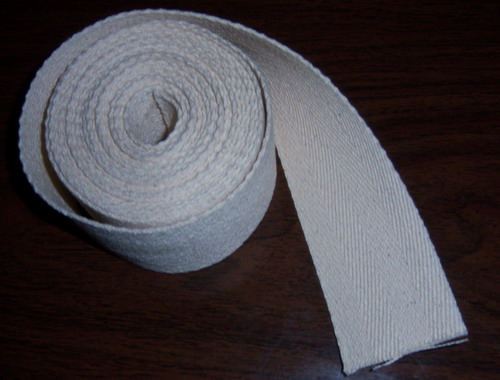
Download Adobe Reader Xi Offline Install For Windows 7. Kimball Organ Company - Pump Organ Restorations Antique Organs America's Best Known Restorer of Antique Organs Antique Organs Pickup and Delivery Available in the USA and Canada W. Kimball Organ Company This is just about all the information that’s survived the passing of time on the Kimball company. The Company was first located on the S.W. Corner of Wabash Ave.
A Victorian Kimball pump organ. The organ is marked “Kimball Chicago” in stencil above keyboard. (These organs were originally known as reed organs. Kimball Organ Serial Numbers. 7/23/2017 0 Comments Offering a series of titles about piano, acoustic guitars, and Hammond organ. Leading Reed Organ Manufacturers.
And Jackson Blvd., Chicago, IL., and later the factory was at Rockwell and 26th Streets. The company was founded by William Wallace Kimball in 1857 as an organ and piano retailer in Chicago. He built up an immense business as a jobber under the leadership of Edwin Stapleton Conway. They began manufacturing organs in 1881 and later pianos.
They discontinued reed organ production in 1922. They also made organs for others such as Bentley, Goggin, Thiery, J.V. Watson, Pacific Queen, Great Western and probably Lundell Olson. Still survives as Kimball International, located in Jasper, Indiana. Serial numbers: 1881 - - 1 - 3 - - 1 - 3 - - 1 - 3 - - 1 - 3 - - 2 - 3 - - 2 - 3 - - 2 - 3 - - 2 - 3 - 1 - 2 - 3 - 1 - 2 - 3 - 1 - 2 - 3 - 1 - 2 - 3 - 1 - 2 - 4 - 1 - 2 - 4 - 1 – 304615 For more information click on the 'home' tab above.
Bluebook Of Pianos HOW OLD IS YOUR PIANO? - FIND THE AGE & SERIAL NUMBER OF YOUR PIANO Some piano manufacturers place serial numbers in various places. The age of your piano is determined by the. Pianos also have numbers other than serial numbers, such is the case with part or patent numbers.
Some pianos do not have serial numbers when they are manufactured as 'House Brands' for large retailers. . 1907-4600 1908-5400 1909-6300 1910-7200 1911-8000 1912-9100 1913---------------21300 Jesse French Numbers 1904-------------------------1-1-1-1-1-108000. (Baldwin Uprights and Verticals, Classic, Ellington, Franke, Howard before 1959, Kremlin, Manuelo, Modello, Monarch, St. Regis, Sargent, Schroeder, Valley Gem and Winton). All Baldwin Upright or Vertical Pianos - Does not include Hamilton Studios or Baldwin Grand Pianos. 1895-2000 1917-1-2-5- 9-14-9000 1918-1-2-5-10-15--1-2-6-10-15--1-2-6-10-15--1-3-6-11-15--1-3-6-11-15--1-3-7-11-15--1-3-7-12-15--1-3-7-12-15--1-3-7-12-15--1-3-7-13-15--2-4-8-13-15--2-4-8-13-15--2-4-8-13-15--2-4-8-14-15--2-4-9-14-15--2-5-9-14-15--2-5-9-14-1577266.
AEOLIAN - AMERICAN Est. 1903 - New York, N.Y. The manufacturing facilities at East Rochester was comprised of a series of separate and individual factories planned so that manufacturing of the various instruments was carried on in an entirely individual and distinct manner, and by separate organizations, each under direction of men who had been associated with each respective make for many years, thus preserving, unimpaired, the individual and distinctive qualities of each piano. Combined they made a great and powerful contribution to the art of music, for each of the great instruments they produced will continue providing magnificent music for generations to come.
Download Crosshair Overlay. Name brands built in East Rochester include Chickering & Sons, J & C Fischer, Wm. Knabe, Mason & Hamlin, and George Steck. Tremaine was a business genius who brought about the commercial exploitation of the piano player on a big scale. Tremaine's father had built a successful small business making and cranked table-top-sized mechanical organs, a very popular item in homes in the late 1800's. He founded the 'Aeolian Organ and Music Company' around 1888; the firm achieved considerable success with larger instruments and organs. His son took over in 1899 and immediately set about to apply his own business acumen to the company's affairs. With the newly perfected 'Pianola,' he launched an aggressive advertising campaign which was entirely new to the stodgy piano business.
With four page color advertisements (almost unheard of in that day) published in the popular magazines, he literally stunned the piano industry with the message that here, indeed, was the answer to everyone's prayer for music in the home! Tremaine and Pianola built an enormous business empire over the next thirty years. It wasn't long after the turn of the century that it was deemed desirable to 'miniaturize' the clumsy Pianola and other similar, instruments so that they could be built directly inside the pianos.